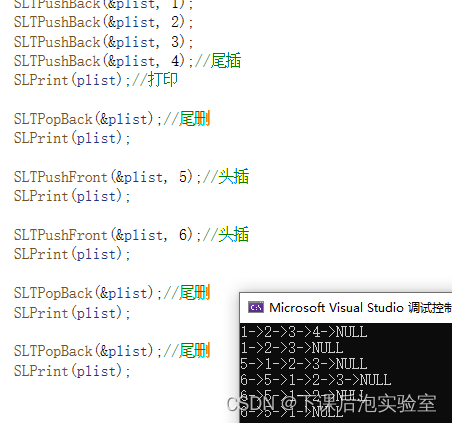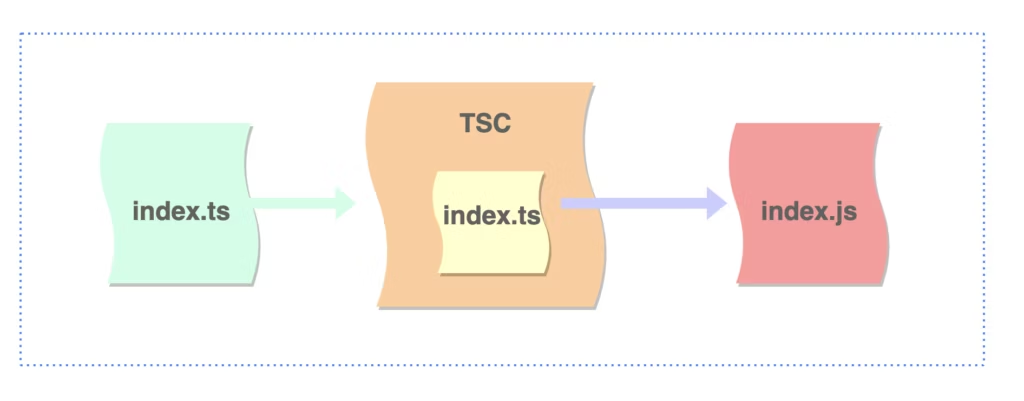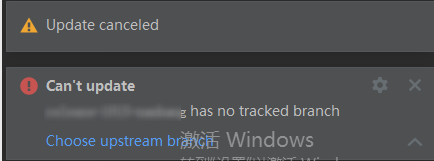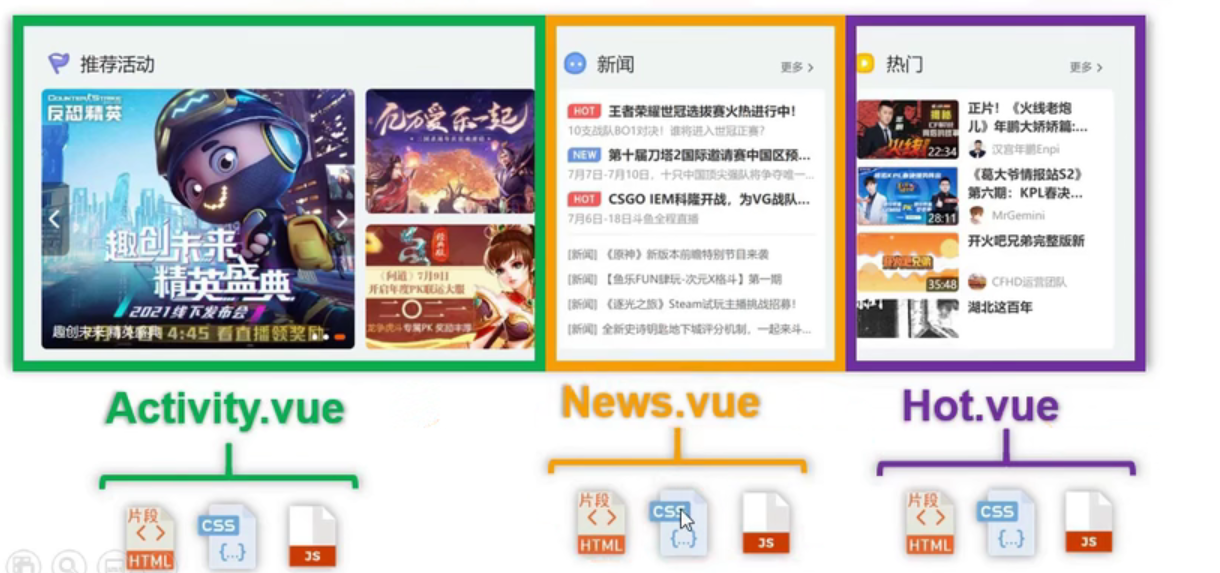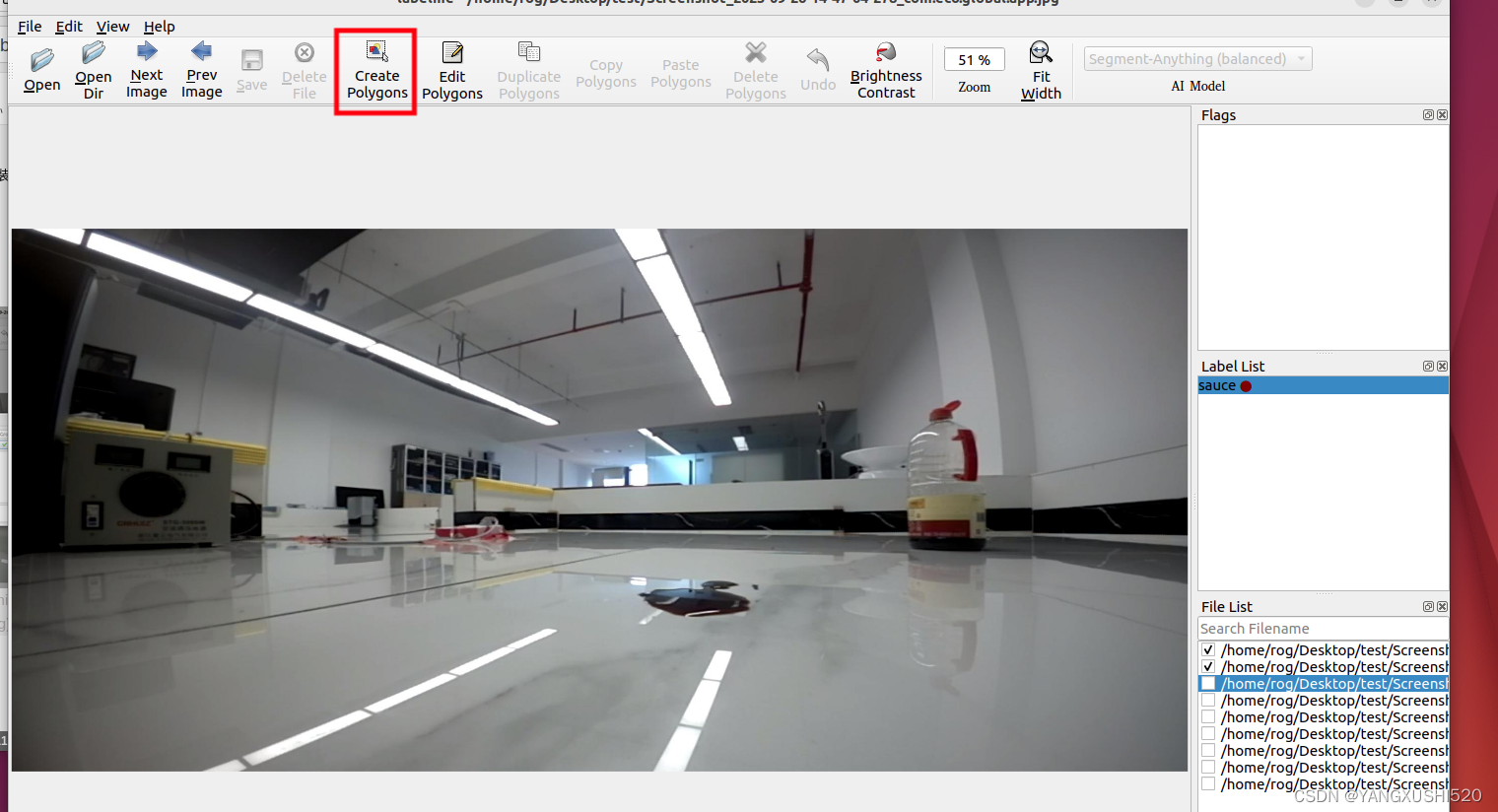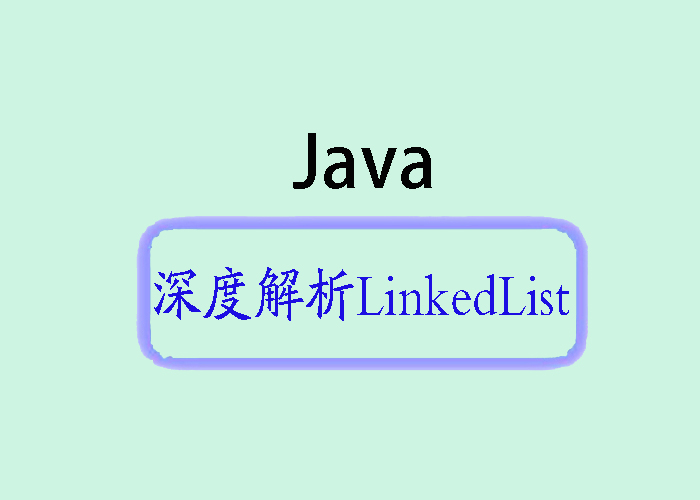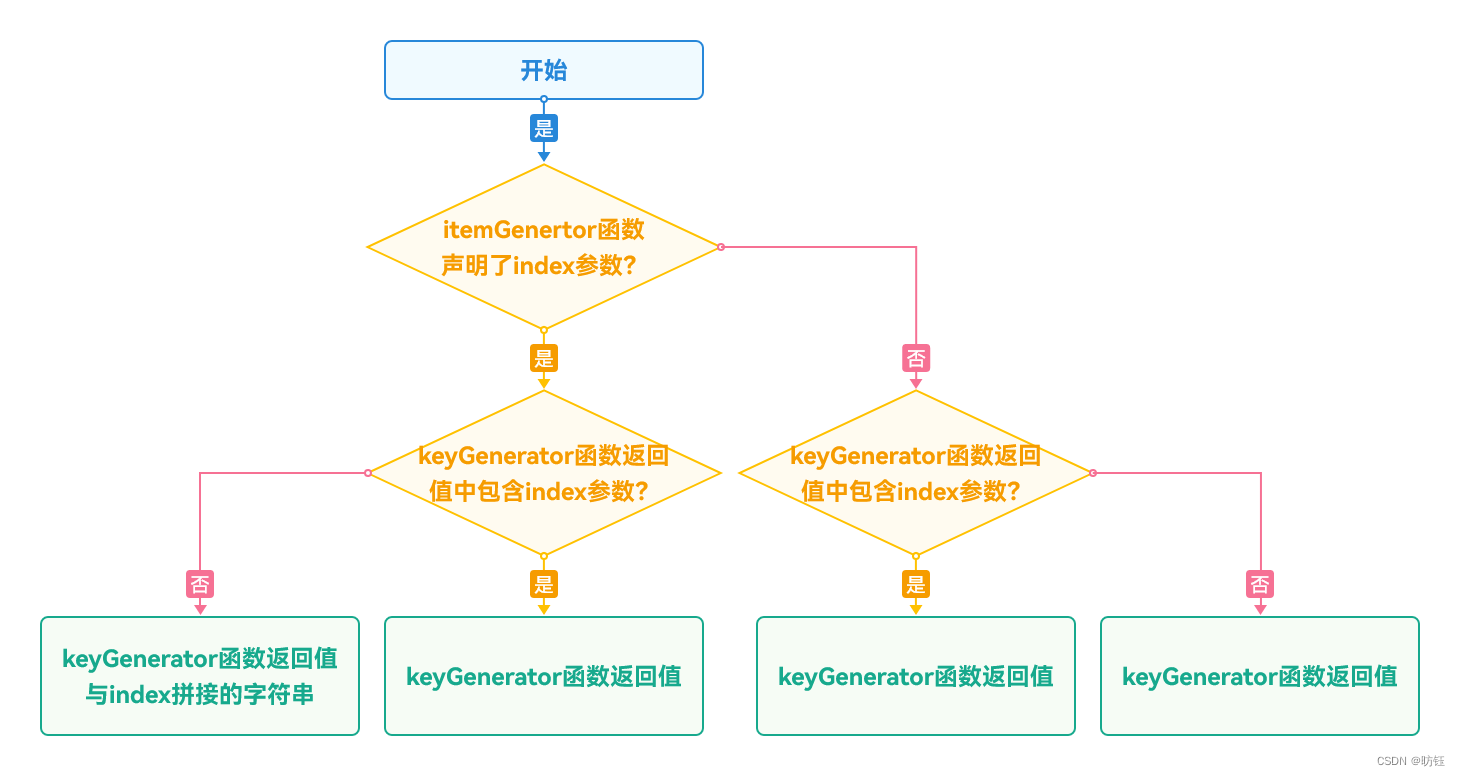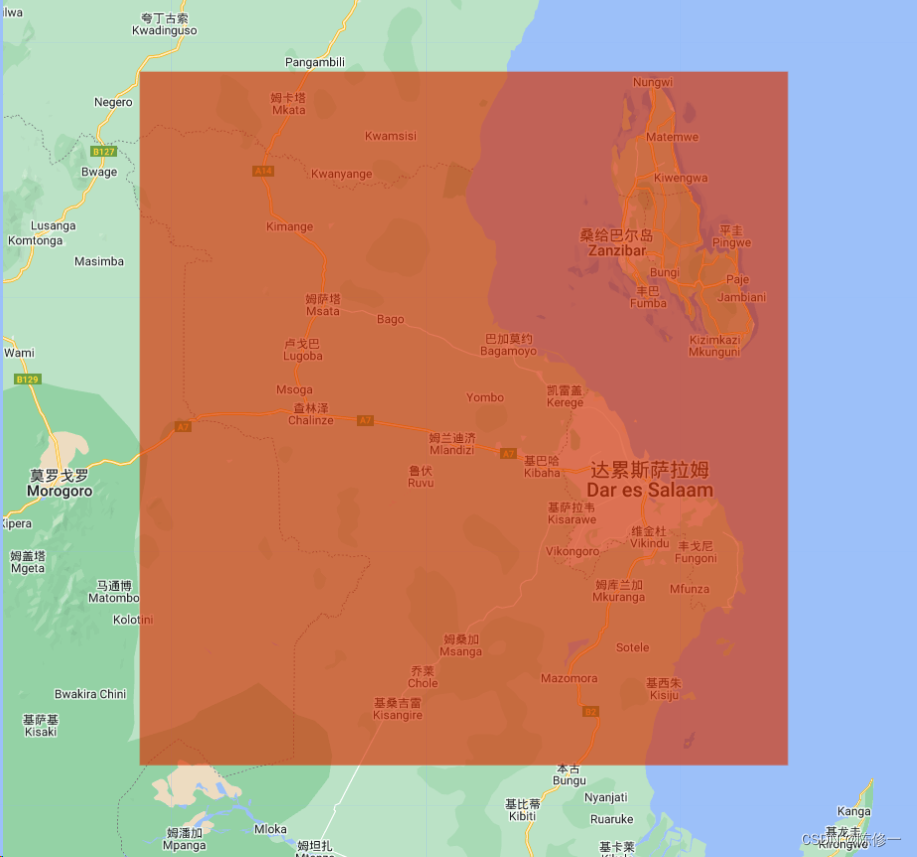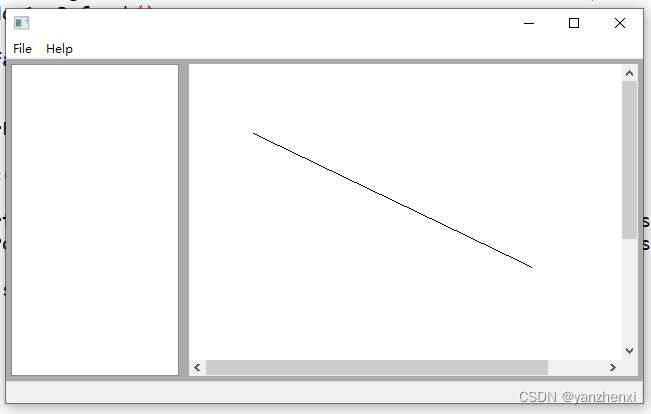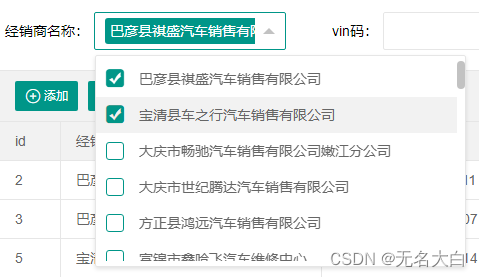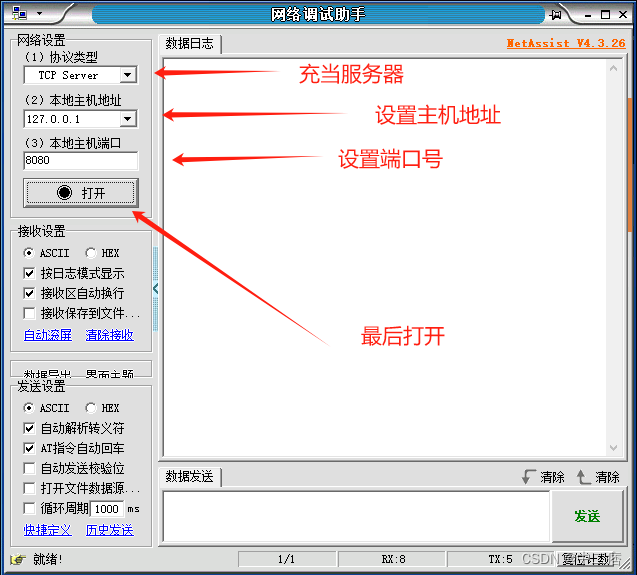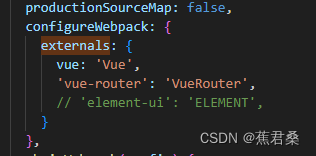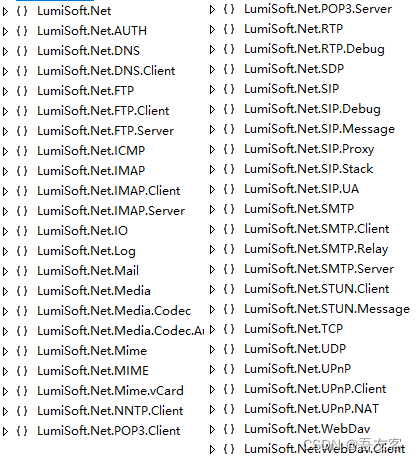
文章目录
泛型1

泛型(Generics)是指在定义函数、接口或类的时候,不预先指定具体的类型,而在使用的时候再指定类型的一种特性
首先,我们来实现一个函数 createArray
function createArray(length: number, value: any): Array<any> {
let result = [];
for (let i = 0; i < length; i++) {
result[i] = value;
}
return result;
}
createArray(3, 'x'); // ['x', 'x', 'x']这段代码编译不会报错,但是一个显而易见的缺陷是,它并没有准确的定义返回值的类型
Array<any> 允许数组的每一项都为任意类型。但是我们预期的是,数组中每一项都应该是输入的 value 的类型
这时候,泛型就派上用场了
function createArray<T>(length: number, value: T): Array<T> {
let result: T[] = [];
for (let i = 0; i < length; i++) {
result[i] = value;
}
return result;
}
createArray<string>(3, 'x'); // ['x', 'x','x']泛型2

多个类型参数
function swap<T, U>(v1:T,v2:U) {
console.log(v1,v2)
}
swap(10,20);泛型约束
在函数内部使用泛型变量的时候,由于事先不知道它是哪种类型,所以不能随意的操作它的属性或方法
function loggingLength<T>(arg: T){
// Property 'length' does not exist on type 'T'
console.log(arg.length);
}这时,我们可以对泛型进行约束,只允许这个函数传入那些包含 length 属性的变量。这就是泛型约束
interface Length {
length: number;
}
function loggingIdentity<T extends Length> (arg: T){
console.log(arg.length);
}
loggingIdentity("Hello")声明合并

如果定义了两个相同名字的函数、接口或类,那么它们会合并成一个类型
函数的合并
我们可以使用重载定义多个函数类型
function reverse(x: number): number;
function reverse(x: string): string;
function reverse(x: number | string): number | string {
if (typeof x === 'number') {
return Number(x.toString().split('').reverse().join(''));
} else if (typeof x === 'string') {
return x.split('').reverse().join('');
}
}接口的合并
接口中的属性在合并时会简单的合并到一个接口中
interface Alarm {
price: number;
}
interface Alarm {
weight: number;
}相当于:
interface Alarm {
price: number;
weight: number;
}注意,合并的属性的类型必须是唯一的:
interface Alarm {
price: number;
}
interface Alarm {
price: number; // 虽然重复了,但是类型都是 `number`,所以不会报错
weight: number;
}interface Alarm {
price: number;
}
interface Alarm {
price: string; // 类型不一致,会报错
weight: number;
}命名空间

在真实的应用场景中,当在一个文件中代码量过多,不容易阅读和维护的时候,我们可以通过命名空间的方式将一个文件分离为多个文件
我们来观察下面这个例子:
interface Animal{
name:string
}
class Cat implements Animal{
name: string
constructor(name:string){
this.name = name;
}
sayHi(){
console.log(this.name)
}
}
class Dog implements Animal{
name: string
constructor(name:string){
this.name = name
}
sayHello(){
console.log(this.name)
}
}
const c = new Cat("猫")
c.sayHi()
const d = new Dog("狗")
d.sayHello()当应用变得越来越大时,我们需要将代码分离到不同的文件中以便于维护
// Animal.ts
namespace AnimalInfo{
export interface Animal{
name:string
}
}// Cat.ts
namespace AnimalInfo{
export class Cat implements Animal{
name: string
constructor(name:string){
this.name = name;
}
sayHi(){
console.log(this.name)
}
}
}// Dog.ts
namespace AnimalInfo{
export class Dog implements Animal{
name: string
constructor(name:string){
this.name = name
}
sayHello(){
console.log(this.name)
}
}
}// index.ts
const c = new AnimalInfo.Cat("猫")
c.sayHi()
const d = new AnimalInfo.Dog("狗")
d.sayHello()多文件编译
当涉及到多文件时,我们必须确保所有编译后的代码都被加载了。
我们有两种方式
方式一
把所有的输入文件编译为一个输出文件,需要使用 --outFile 标记
tsc --outFile demo.js .\Animal.ts .\Cat.ts .\Dog.ts .\index.ts方式二
我们可以编译每一个文件(默认方式),那么每个源文件都会对应生成一个 JavaScript 文件。 然后,在页面上通过 <script> 标签把所有生成的 JavaScript 文件按正确的顺序引进来
<script src="./Animal.js"></script>
<script src="./Cat.js"></script>
<script src="./Dog.js"></script>
<script src="./index.js"></script>模块1

从 ECMAScript 2015 开始,JavaScript 引入了模块的概念。TypeScript 也沿用这个概念
模块在其自身的作用域里执行,而不是在全局作用域里;这意味着定义在一个模块里的变量,函数,类等等在模块外部是不可见的,除非你明确地使用 export 形式之一导出它们。 相反,如果想使用其它模块导出的变量,函数,类,接口等的时候,你必须要导入它们,可以使用 import 形式之一
interface Animal{
name:string
}
class Cat implements Animal{
name: string
constructor(name:string){
this.name = name;
}
sayHi(){
console.log(this.name)
}
}
class Dog implements Animal{
name: string
constructor(name:string){
this.name = name
}
sayHello(){
console.log(this.name)
}
}
const c = new Cat("猫")
c.sayHi()
const d = new Dog("狗")
d.sayHello()我们用模块化的形式实现
// Animal.ts
export interface Animal{
name:string
}// Cat.ts
import { Animal } from "./Animal"
export class Cat implements Animal{
name: string
constructor(name:string){
this.name = name;
}
sayHi(){
console.log(this.name)
}
}// Dog.ts
import { Animal } from "./Animal"
export class Dog implements Animal{
name: string
constructor(name:string){
this.name = name
}
sayHello(){
console.log(this.name)
}
}// index.ts
import { Cat } from "./Cat"
import { Dog } from "./Dog"
const c = new Cat("猫")
c.sayHi()
const d = new Dog("狗")
d.sayHello()模块2

模块化的优势不言而喻,换句话说,如果一个语言无法支持模块化,那么他就无法做大型应用程序的开发
接下来我们在来了解一些模块的其他知识
别名
当导入的名字特别长,或者不容易写的时候,可以使用别名
import { Animal as AL } from "./Animal"
export class Cat implements AL{
name: string
constructor(name:string){
this.name = name;
}
sayHi(){
console.log(this.name)
}
}默认导出
每个模块都可以有一个 default 导出。 默认导出使用 default 关键字标记;并且一个模块只能够有一个 default 导出
export default interface Animal{
name:string
}import Animal from "./Animal"
export class Cat implements Animal{
name: string
constructor(name:string){
this.name = name;
}
sayHi(){
console.log(this.name)
}
}导入整个模块
当导出的对象特别多,需要导入的也很多,这个时候,可以使用导入整个模块的方式
export interface Animal{
name:string
}
export interface AnimalInfo{
age:number
}import * as AN from "./Animal"
export class Cat implements AN.Animal,AN.AnimalInfo{
name: string
age:number
constructor(name:string,age:number){
this.name = name;
this.age = age
}
sayHi(){
console.log(this.name,this.age)
}
}声明文件简介

typescript中以 .d.ts 为后缀的文件被称为声明文件当使用第三方库时,我们需要引用它的声明文件,才能获得对应的代码补全、接口提示等功能
声明文件分为三种类型
1、typescript内置声明文件
2、第三方声明文件
3、自定义声明文件
什么是声明语句
假如我们想使用第三方库 jQuery,一种常见的方式是在 html 中通过 <script> 标签引入 jQuery,然后就可以使用全局变量 $ 或 jQuery 了
$('#foo');
// or
jQuery('#foo');但是在 ts 中,编译器并不知道 $ 或 jQuery 是什么东西
jQuery('#foo');
// ERROR: Cannot find name 'jQuery'.这时,我们需要使用 declare var 来定义它的类型
declare var jQuery: (selector: string) => any;
jQuery('#foo');declare var 并没有真的定义一个变量,只是定义了全局变量 jQuery 的类型,仅仅会用于编译时的检查
什么是声明文件
通常我们会把声明语句放到一个单独的文件( jQuery.d.ts )中,这就是声明文件
//jQuery.d.ts
declare var jQuery: (selector: string) => any;// index.ts
jQuery('#foo');温馨提示
声明文件必需以 .d.ts 为后缀




















